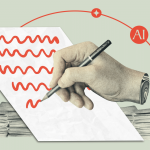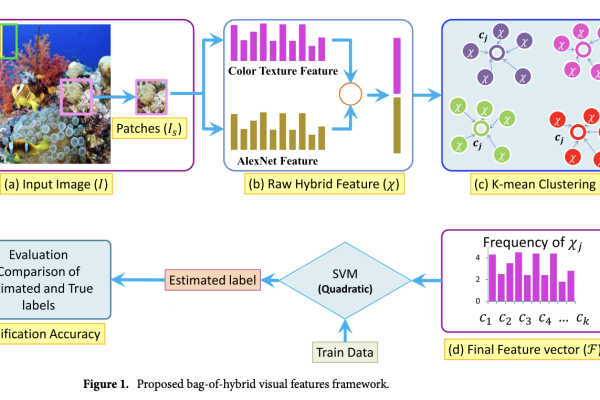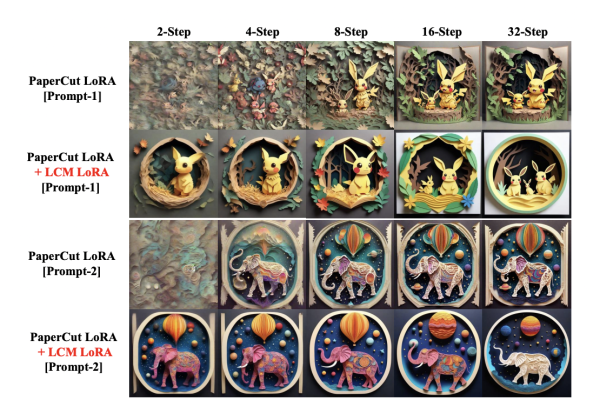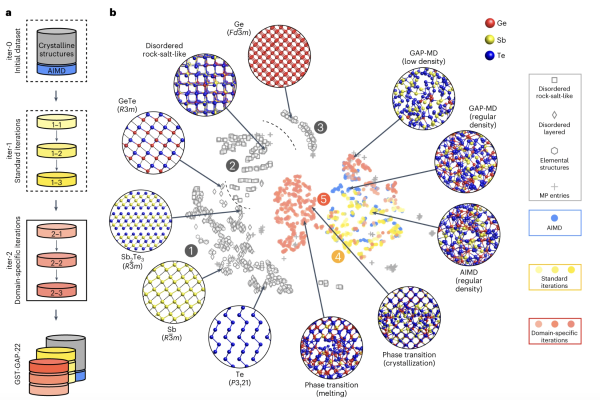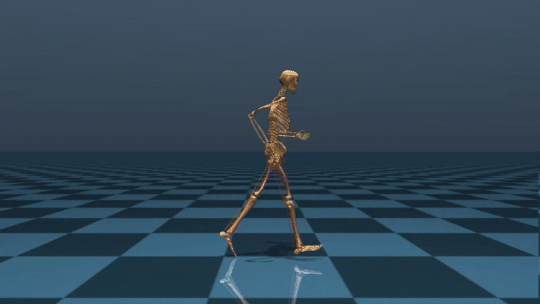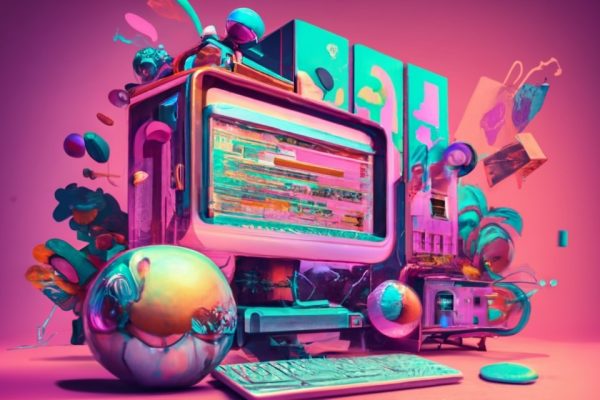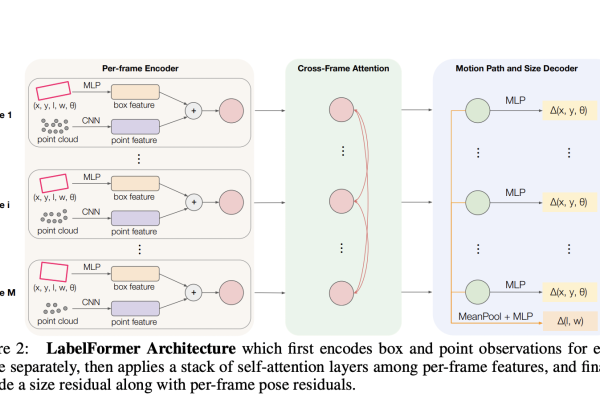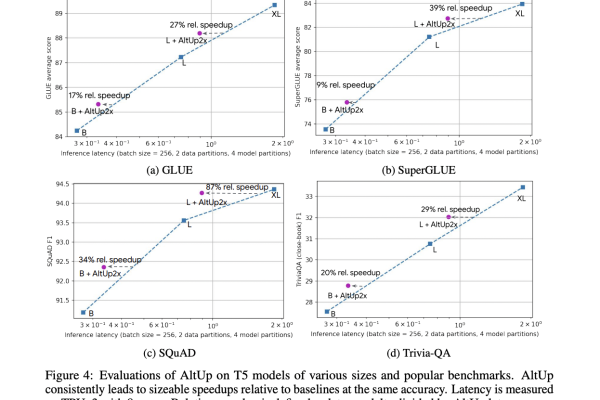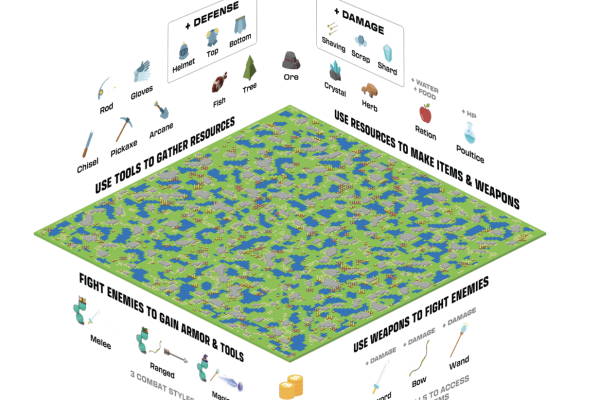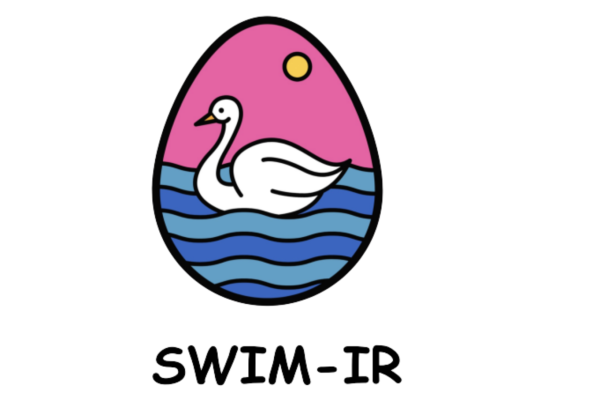
A New AI Research Releases SWIM-IR: A Large-Scale Synthetic Multilingual Retrieval Dataset with 28 Million Training Pairs over 33 Languages
Researchers from Google Research, Google DeepMind, and the University of Waterloo introduce SWIM-IR, a synthetic retrieval training dataset encompassing 33 languages, addressing the challenge of limited human-labeled training pairs in multilingual retrieval. Leveraging the SAP (summarize-then-ask prompting) method, SWIM-IR is constructed to enable synthetic fine-tuning of multilingual dense retrieval models without human supervision. SWIM-X…


